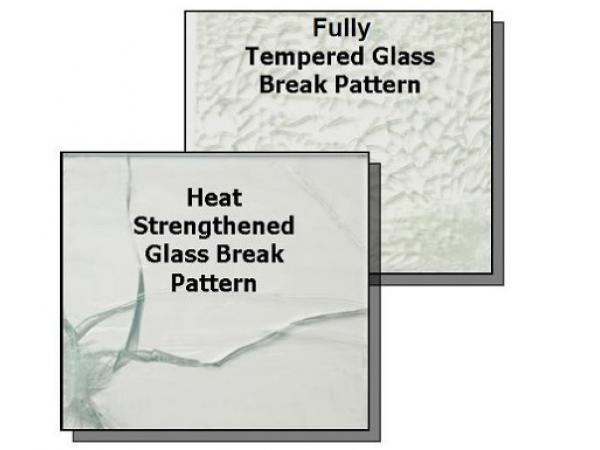
Date: 11 April 2016
For heat-strengthened glass the requirement is a surface compression of 3,500 to 7,500 psi with no requirement for edge compression. Fully tempered glass will have either a minimum surface compression of 69 MPa (10,000 psi) or an edge compression of not less than 67 MPa (9,700 psi).
Heat Tempering
- When glass is tempered, it is heated beyond its softening point of 600ºC , then the glass is cooled rapidly creating a higher surface compression and edge compression in the glass. The air-quench temperature, volume, and other variables cause a surface compression of at least 10,000 psi or 69 MPa.
- This tempering process will make the glass up to 4X stronger and safer than annealed or untreated glass. Tempered glass is also less likely to experience breakage through thermal shock.
The tempering process may cause some optical distortion, as the original flatness of the annealed glass substrate is slightly modified. This modification is known as “glass bow/warp” and is caused by the glass traveling horizontally over the rollers in the tempering oven. This distortion will fall within specified tolerance levels and standards for the process and is not considered to be a defect of the glass. See ASTM C-1048-4 for further details.
Benefits & Characteristics of Heat Tempered (also called Fully Tempered) Glass:
- Provides higher thermal and mechanical strength than annealed or heat-strengthened glass.
- Approximately 4X the mechanical and thermal strength of annealed glass.
- Tempered glass retains the normal properties of annealed glass including chemical resistance, hardness, expansion and deflection. It does not retain normal strength and breakage characteristics.
- The break pattern for tempered glass is a pattern of small dices or particles. This is considered much safer than the often large sharp shards that may result from broken annealed or heat strengthened glass. Fully Tempered glass is often referred to as “Safety Glass” because of the break pattern.
- May be prone to spontaneous breakage due to inclusions or tiny impurities in the glass such as nickel sulfide or if a treatment such as machining was applied to the edge post tempering causing the glass to weaken.
Heat Strengthening
Heat-strengthened glass undergoes a slower cooling process than tempered glass resulting in a lower compression strength. Heat-strengthened glass is approximately 2X stronger than annealed, or untreated glass. Heat-strengthened glass provides a better surface quality as compared to tempered glass, as it is less prone to cosmetic defects potentially incurred during the strengthening process. See ASTM C-1048-4 for further details.
Benefits & Characteristics of Heat Strengthened (Low Tempered) Glass:
- Provides a high mechanical and thermal strength in comparison to annealed glass while maintaining all other normal properties associated with the particular glass substrate (chemical resistance, hardness, expansion and deflection), offering twice the thermal and mechanical strength of the same thickness of annealed glass.
- Has a break pattern of large pieces, very similar to that of annealed glass. The shape and size is dependent upon the applied load, the origin of the break, the temperature of the glass, etc.
- Is rarely prone to spontaneous breakage due to machining or other edge treatments.
Abrisa Technologies offers a variety of coated and uncoated tempered and strengthened solutions on glass with thicknesses of 3mm to 19mm. For thinner glass, alternative strengthening options such as chemical strengthening and lamination are available.
To discuss your particular application requirements and determine the best fit solution for your project, contact our Application Engineers at: Tel: 877.622.7472 or E-Mail: info@abrisatechnologies.com.
 600450
600450

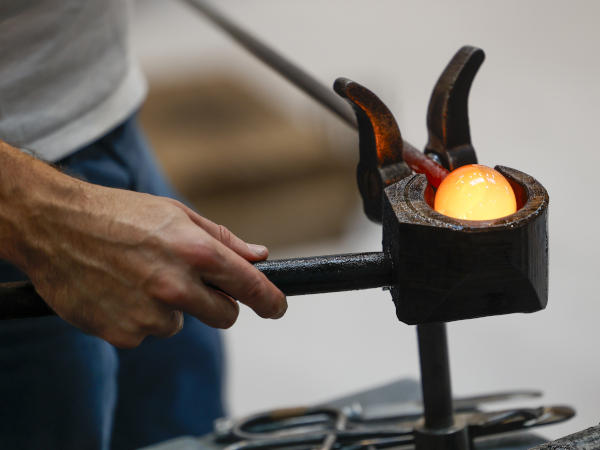
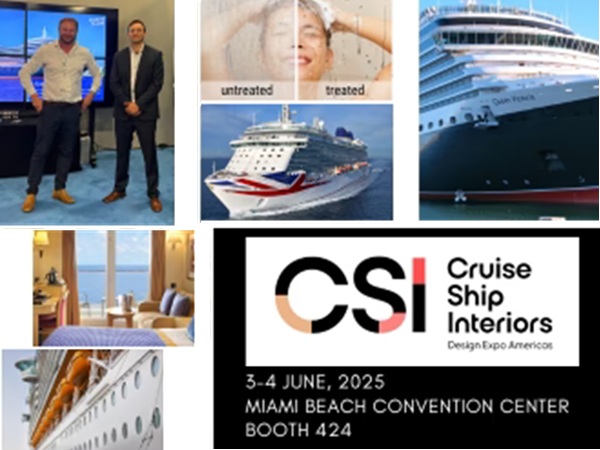
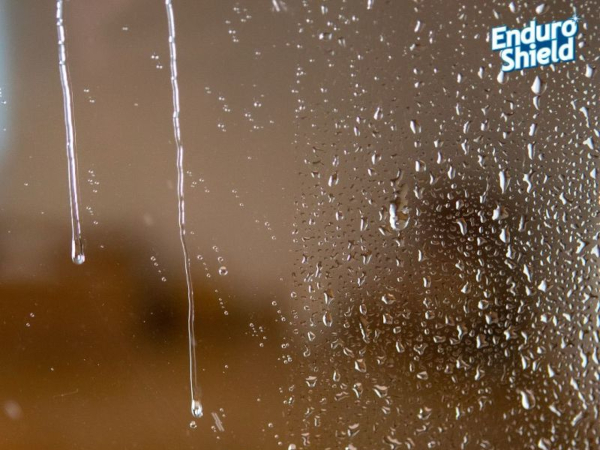

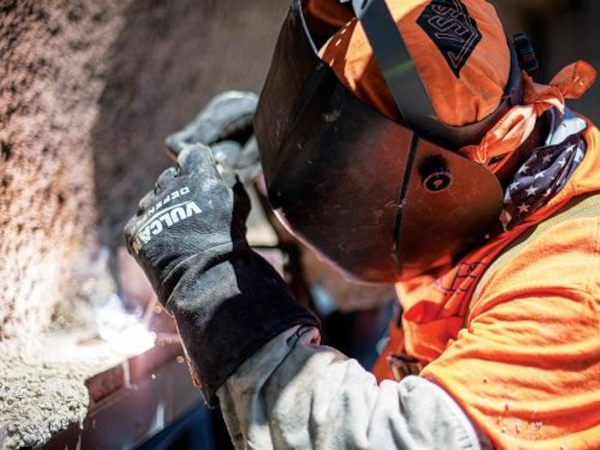
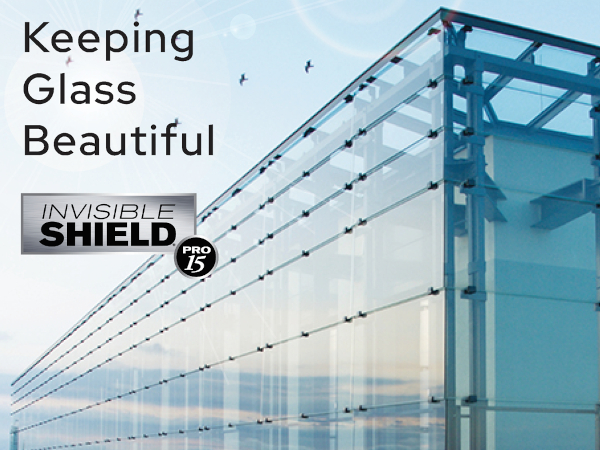











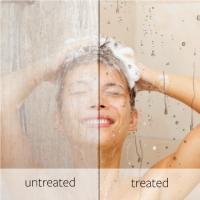




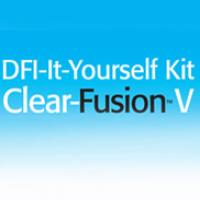
Add new comment